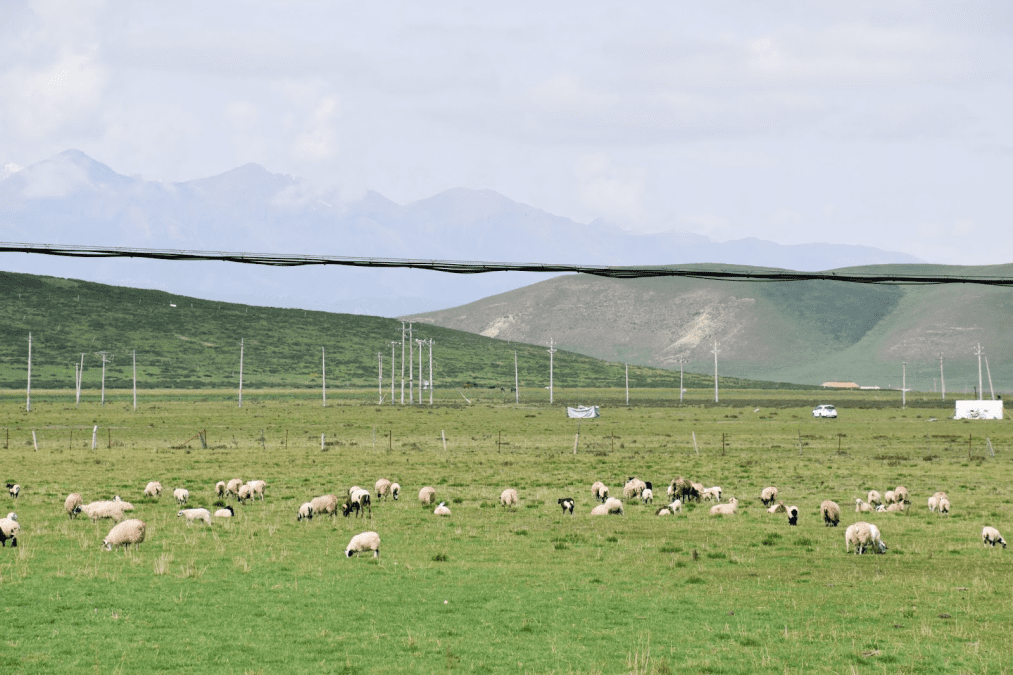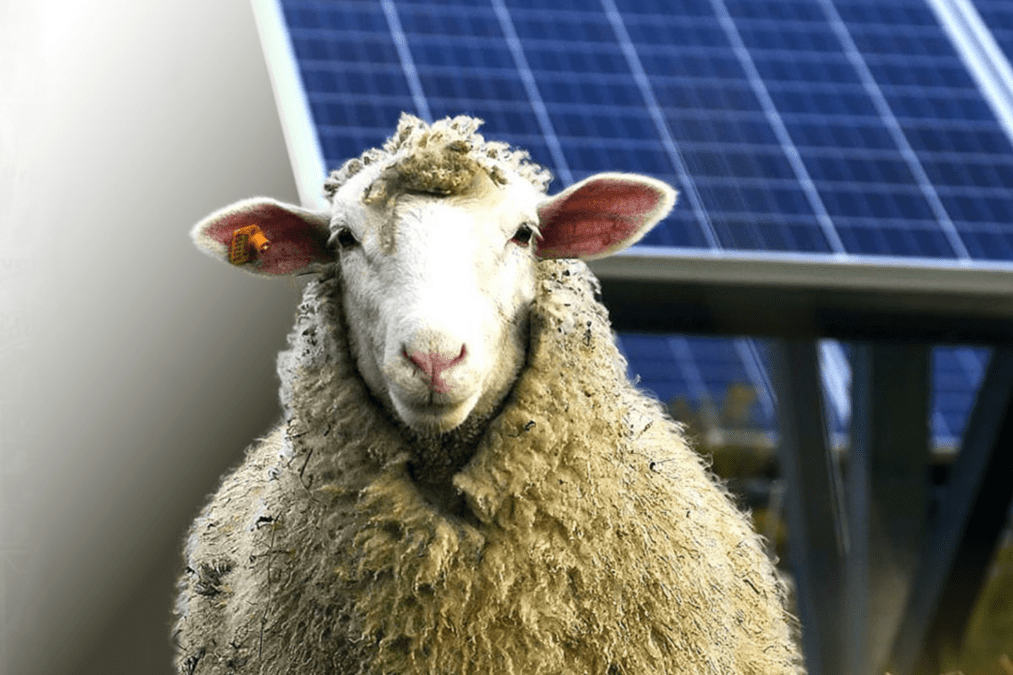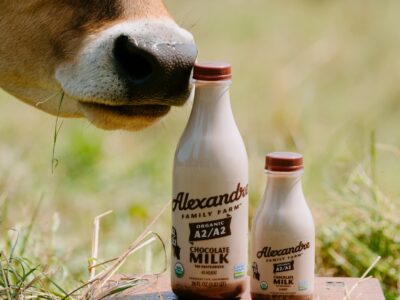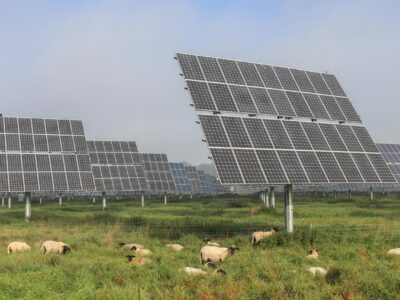Want an even more sustainable renewable energy project? Just add sheep. The 80-megawatt Guzman Energy Garnet Mesa Solar Project — soon to become Colorado’s largest solar-power-meets-agriculture (known as “agrivoltaics”) effort — is combining panels and sheep for even greater dividends.
While solar panels offer shade from both heat and light, the herds of sheep grazing beneath keep the grass trimmed. This combination saves on water resources and livestock feed while creating valuable and green energy.
Denver-based Guzman Energy’s new solar project was approved by Delta County commissioners in August 2022 when the utility company agreed to add proper irrigation to support more than 1,000 sheep and potentially add beehives to the land. The $80 million solar farm includes panels across 383 acres.
When complete, it will generate more than 194,000 megawatt hours of electricity each year, enough to fully power 18,000 area homes. Much of it will go to the electrical co-op Delta-Montrose Electric Association.

“With the commissioners’ approval, we are one step closer to securing a significant amount of local affordable energy. Together, with Guzman Energy, we are driving rate stability for our members,” said Kent Blackwell, Delta-Montrose Electric Association Interim CEO and chief technology officer. “We are confident Garnet Mesa Solar will be a premier example of agriculture and energy coexisting together.”
The project has numerous benefits for Colorado. Building it generates as many as 400 new green jobs, and the local property taxes will bring at least $13 million to the community over the next 15 years.
It will also help Delta-Montrose reach 20% local power generation while underscoring the community’s commitment to agricultural land by “employing” sheep to graze and manage vegetation.
The Guzman Energy Garnet Mesa Solar Project’s commitment to agrivoltaics is a step in the right direction for sustainable energy. If less than 1% of the world’s agricultural land was used for solar, it would capture enough power to meet global energy demand. This potential for renewables with minimal land use, particularly when combined with other land uses such as livestock grazing, is a critical way to reduce or eliminate carbon emissions. For the sheep, life under the panels is good.

“Sheep are late risers,” explained Lexie Hain, a New York farmer and director of agrivoltaics for Lightsource BP. “You won’t hear them when you enter the site for an early morning walk. What you hear first are insects: crickets, little frogs. It feels alive to you. The flock loves to lie under the panels, so finding them often involves an element of surprise.”
This important combination of panels and livestock is gaining traction across the U.S. With the National Renewable Energy Laboratory and the Department of Energy’s Solar Energy Technologies Office hard at work on Innovative Solar Practices Integrated with Rural Economies and Ecosystems (InSPIRE), a new research project designed to improve the mutual benefits of solar paired with native landscapes and agriculture.
“Through our work, which spans multiple regions, configurations, and agricultural activities, we’ve seen so many initial promising results,” said Jordan Macknick, InSPIRE’s lead energy-water-land analyst and principal investigator for the InSPIRE project. “Now, our challenge is to figure out how to scale up and replicate these successes.”





